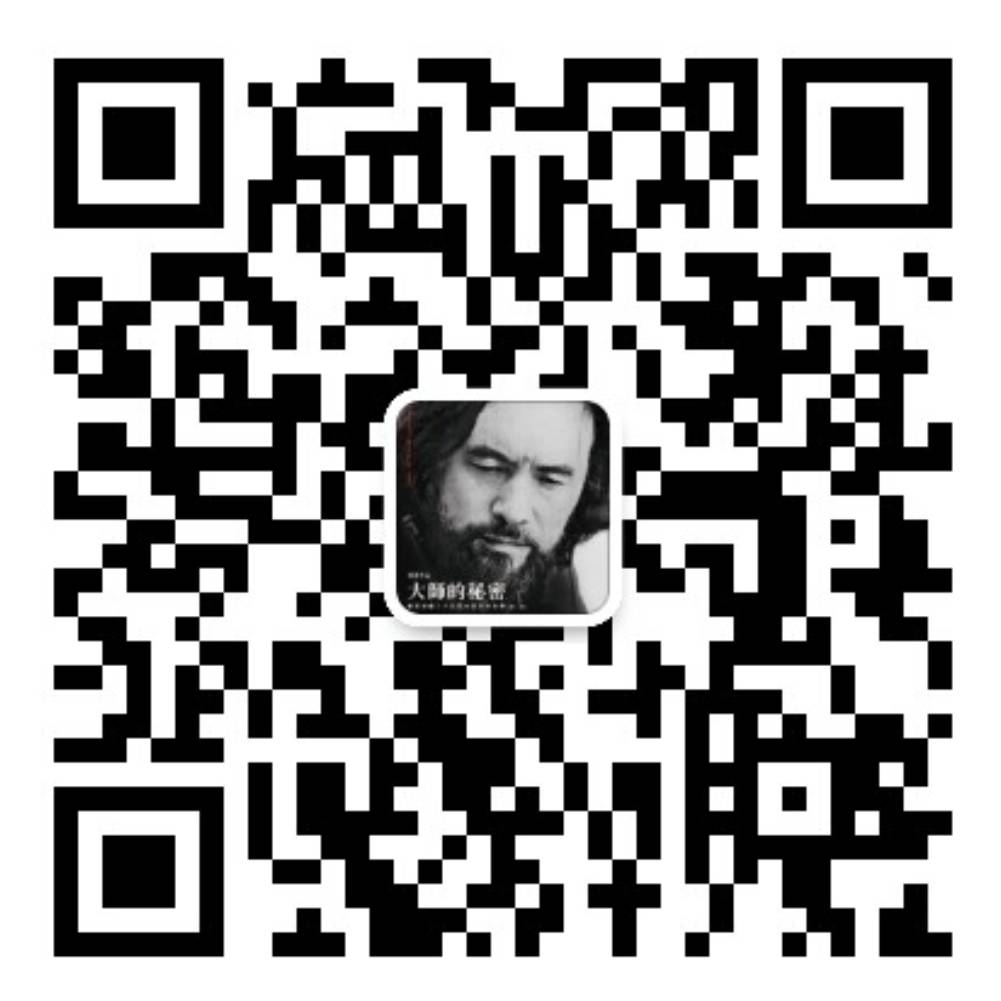$22.00
Price is in Chinese currency(CNY)
The Holy Monk and the Spirit Woman is the central work of Xuemo’s Soul Trilogy, based on the true experiences of the Tibetan yogi master Khyungpo Naljor. It tells a soul-stirring tale of spiritual quest that spans across a thousand years. Born into nobility, Khyungpo Naljor begins to question his Bön faith and sells all his possessions to journey to Nepal and India in search of the ultimate truth—Niguma……In the end, he awakened to the realization of the “Vajra Heart,” the innate nature of enlightenment already dwelling within him: Niguma was not in some distant realm, but in his own heart.
Book Description—The Holy Monk and the Spirit Woman
Preface
My other novels may move you or change you, but The Holy Monk and the Spirit Woman has the power to bring about your spiritual realization. This book is like a fertile field—if you grasp the “finger of wisdom” that reaches out from the soil and pull with all your strength, you may draw forth a figure bursting with the vitality of awakened accomplishment. In other words, if you are willing to undergo the trials faced by the protagonist, you too can attain realization and grow into a true spiritual master.
—Xuemo
Overview
The Holy Monk and the Spirit Woman is the central work of Xuemo’s Soul Trilogy, based on the true experiences of the Tibetan yogi master Khyungpo Naljor. It tells a soul-stirring tale of spiritual quest that spans across a thousand years. Born into nobility, Khyungpo Naljor begins to question his Bön faith and sells all his possessions to journey to Nepal and India in search of the ultimate truth—Niguma. Along the way, he falls in love with Sharwadi, a deposed Nepalese living goddess. Yet, in order to pursue his spiritual path, he leaves her behind, and Sharwadi waits for him in sorrow for decades until she dies of grief. Khyungpo Naljor endured a series of trials—avalanches, wolf attacks, and demonic illusions—through which he gradually overcame attachment and dualistic thinking. In the end, he awakened to the realization of the “Vajra Heart,” the innate nature of enlightenment already dwelling within him: Niguma was not in some distant realm, but in his own heart. Written in the style of terma (hidden treasure) literature, this novel blends esoteric tantric practice with poignant romance, ultimately revealing a profound truth: that accomplishment lies not in the destination, but in the very journey of seeking itself.
Key Features
Critical Acclaim
This is a story of seeking faith—a parable of belief, or perhaps, an ontological and poetic meditation on faith itself. In an era marked by a widespread crisis of belief, Xuemo’s “poetics of faith,” accomplished through the form of the novel, carries undeniable intellectual, spiritual, and literary value. It is a work worthy of deep reflection and scholarly exploration.
—Chen Yanjin, Senior Editor, People’s Literature Publishing House
In The Holy Monk and the Spirit Woman, Xuemo seems to conjure a realm of “numinous realism”—a mode of existence unlike the world we inhabit, a reality imbued with spirit and mystery. It gestures toward a different truth, a different form of life, a parallel reality shaped not by practical reason nor linear storytelling, but by a more elusive, ineffable wisdom. This kind of wisdom stirs a distinct “poetic astonishment”—a resonance that defies ordinary understanding and lingers like the echo of an unseen world.
—Xu Xiaonan, Literary Critic
Recommended Readers:
Contents:
Chapter 1 A Choice of Fate
Chapter 2 On the Pilgrim’s Road
Chapter 3 Niguma off in the Distance
Chapter 4 Avalanches and Wolf Packs
Chapter 5 The Female Spirits of Nepal
Chapter 6 The Worries of a Female Spirit
Chapter 7 Khyungpo Naljor’s Dream Demons
Chapter 8 The Pilgrimage
Chapter 9 Long-gone Fallen Flowers
Chapter 10 Going Back
Chapter 11 On the Road to Enlightenment
Chapter 12 Reasons for Love
Chapter 13 The Light of Sarnath
Chapter 14 Experience for the Soul
Chapter 15 Tasting Rajgir
Chapter 16 Sukhasiddhi’s Test
Chapter 17 The Light of the Great Mudra
Chapter 18 Teaching the Sweet Dew of the Dakinis
Chapter 19 The Soul of the Search
Chapter 20 The Bloody Light of Kapilavastu
Chapter 21 The Light of the Bliss of Emptiness
Chapter 22 A Distant Holy Song
Chapter 23 A Barrel Full of Demons
Chapter 24 Dearly Beloved Khyung
Chapter 25 The Origin of the Dispute
Chapter 26 The Prostitutes of Vaishali
Chapter 27 Sharwadi’s Longing
Chapter 28 Niguma’s Mandala
Chapter 29 Sharwadi’s Pain
Chapter 30 Niguma’s Sweet Dew
Chapter 31 The End Is Also the Beginning
| Weight | 2.3 kg |
|---|---|
| Dimensions | 27 × 25 × 8.7 cm |
Power up your life
— Read Xuemo.

XueMo's WeChat

WeChat Public Account

9.00 - 18.00
Reviews
There are no reviews yet.